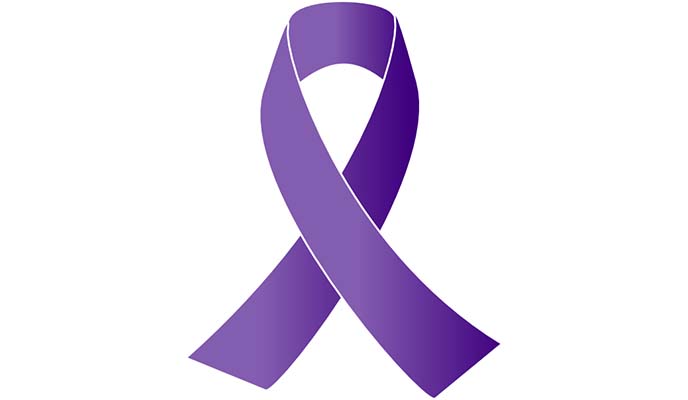
THE Chinese government yesterday donated a cervical cancer screening machine worth $50 000 to Parirenyatwa Group of Hospitals in Harare.
BY MUNESU NYAKUDYA
Speaking at the handover ceremony, a Chinese embassy official, Zhao Baogang, said besides the donation, his country had brought a team of six doctors to conduct philanthropic operations, consultations and medical check-ups for the next two weeks.
“To further enhance bilateral co-operation in health, Chinese President Xi Jinping made a commitment at the United Nations summit to build 100 hospitals and clinics and implement 100 projects of maternal and child health in developing countries in the next five years and announced the China-Africa Public Health Co-operation programme at the Johannesburg summit of the China-Africa Co-operation Forum,” Zhao said.
“The team of six doctors and experts from China will carry out philanthropic operations, consultations and medical check-ups during their two weeks’ stay at Parerenyatwa.”
Bernard Madzima, the family health director in the Health ministry, who represented minister David Parirenyatwa, described the Chinese intervention as timely, with over 1 800 local women diagnosed with cervical cancer.
“In Zimbabwe, cervical cancer is the most common cancer among women accounting for 33,4% of all cancer cases among black women,” he said. “It is estimated that in Zimbabwe more than 1 800 women are diagnosed with cervical cancer and about 150 die from the disease every year.”
Cervical cancer is the leading cancer among Zimbabweans, accounting for 19% followed by prostate cancer, breast cancer and Kaposi’s sarcoma (skin cancer).











